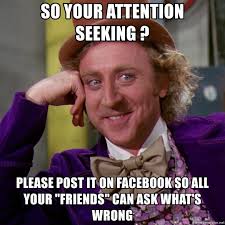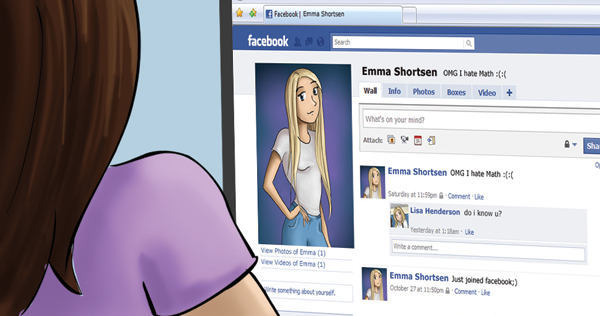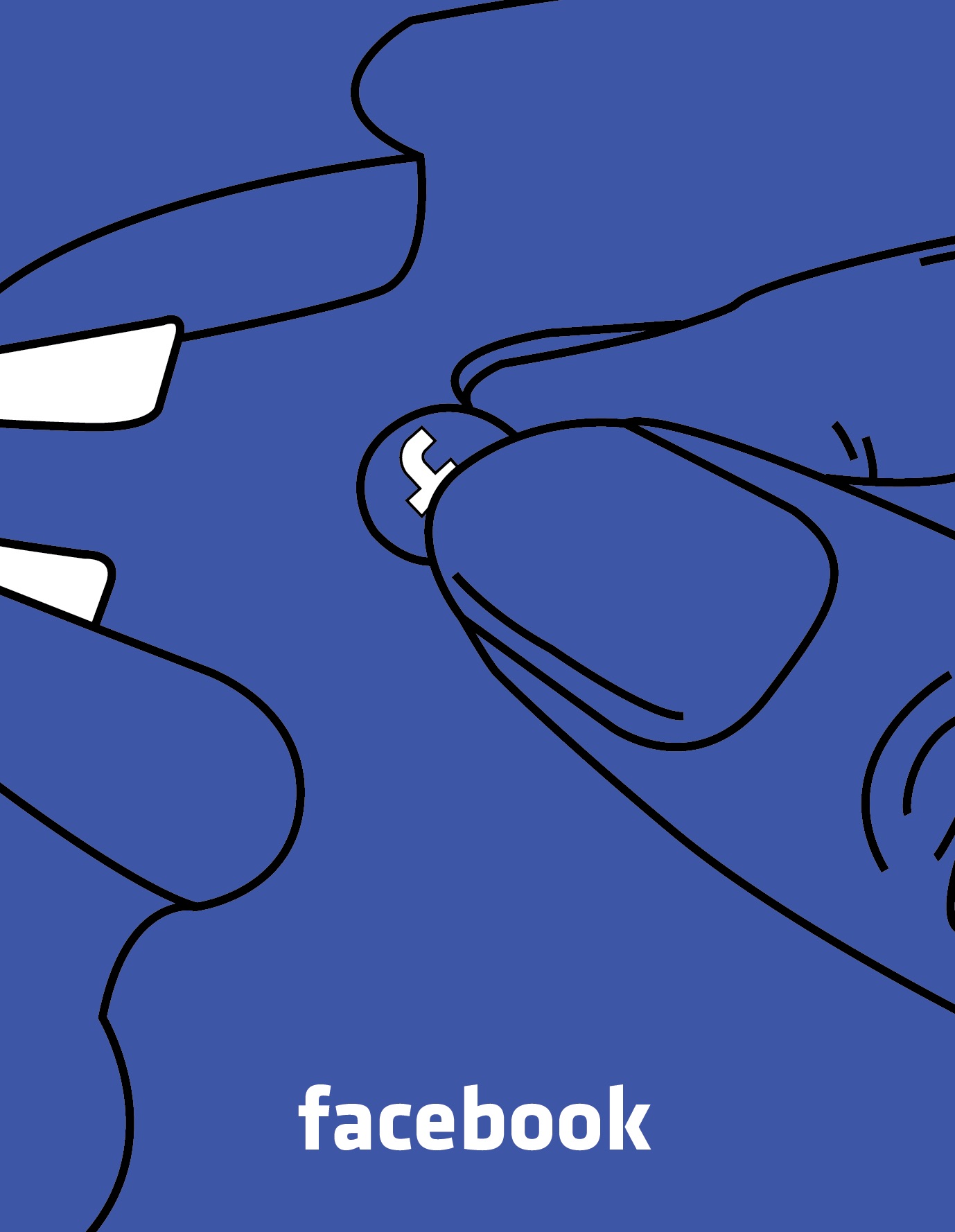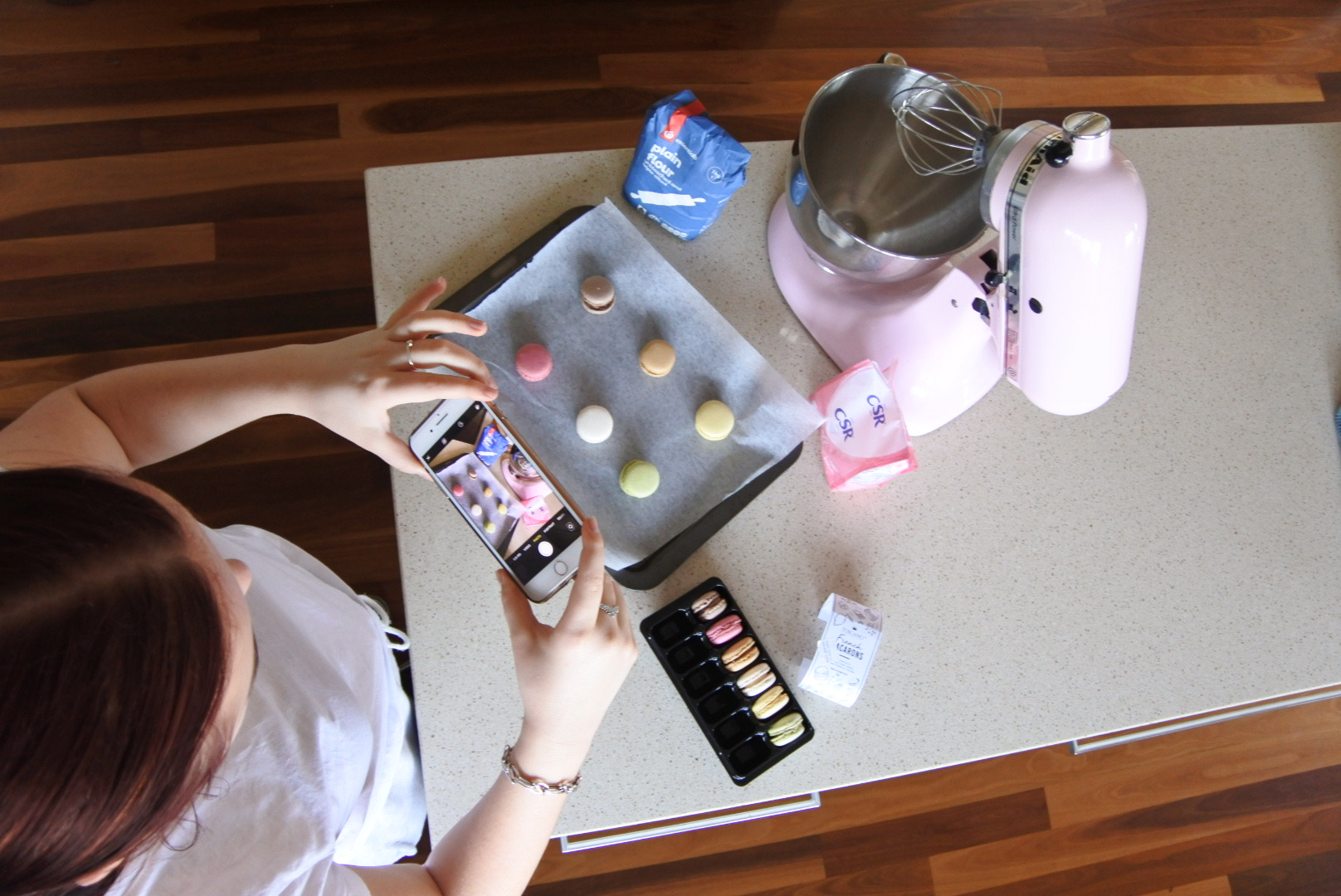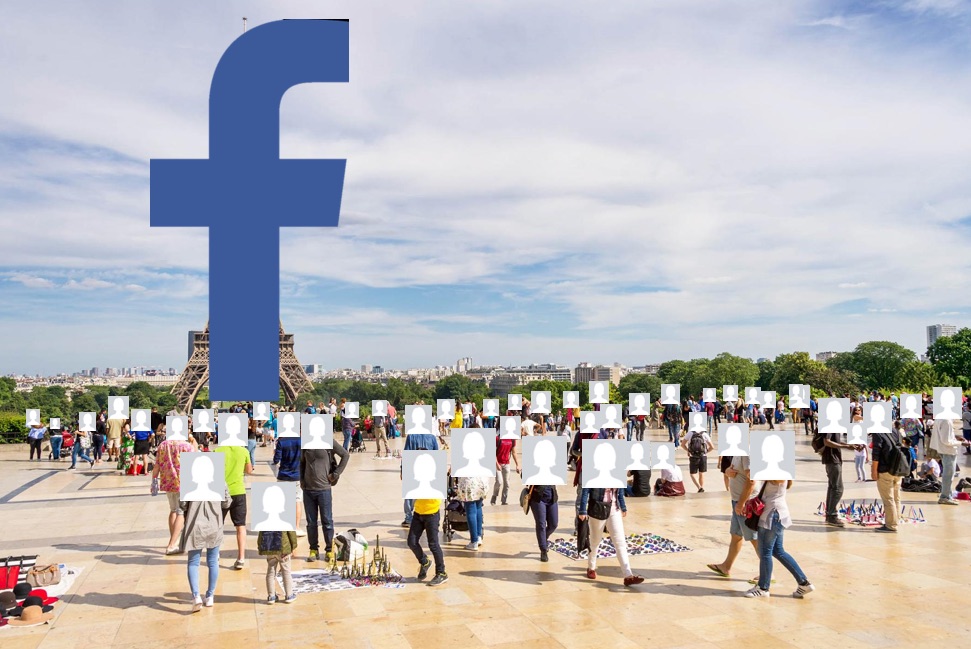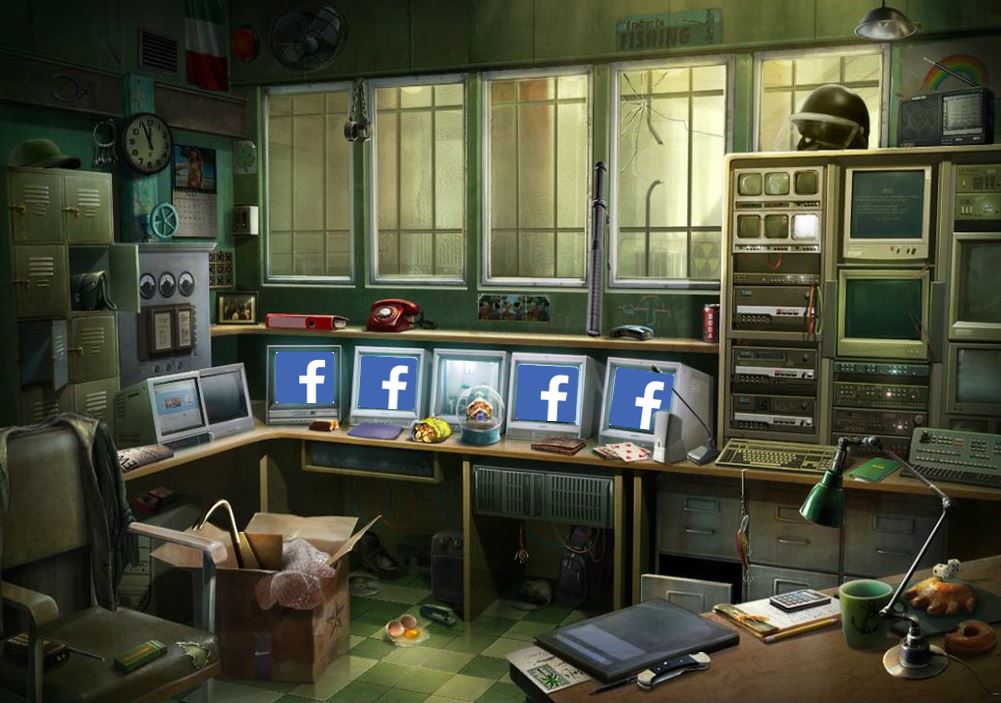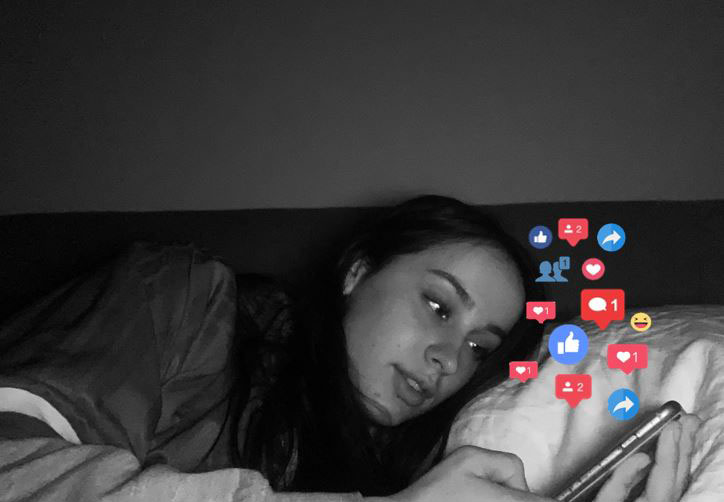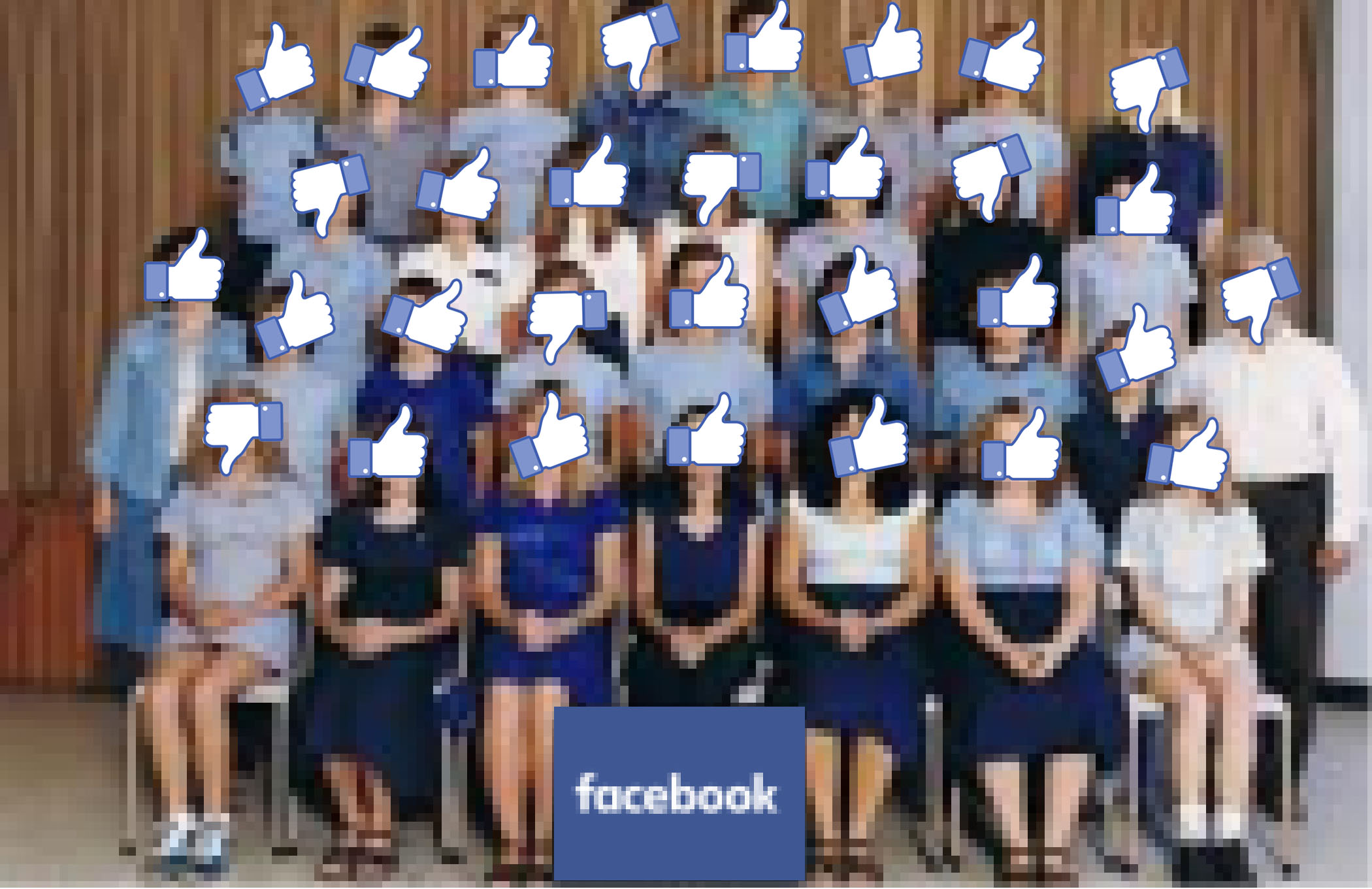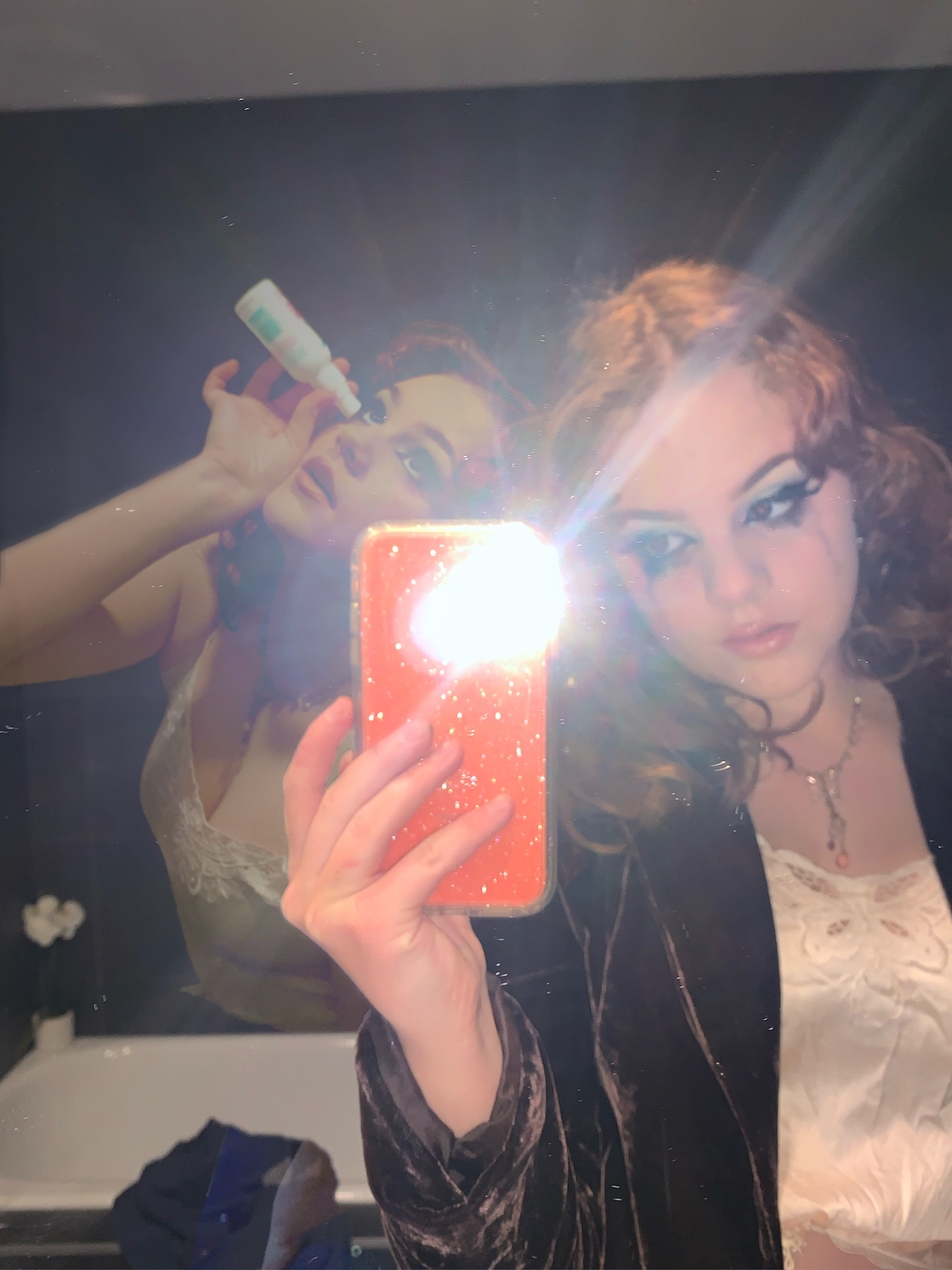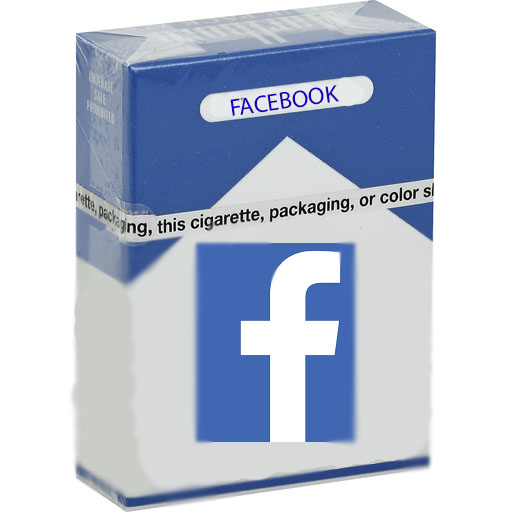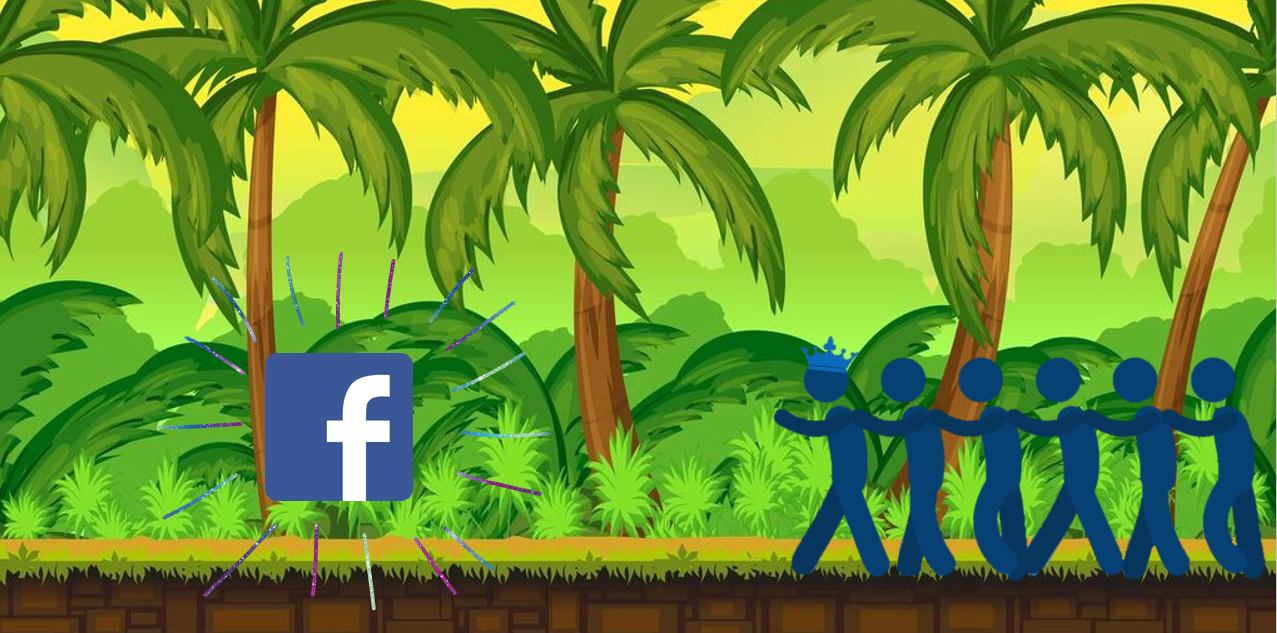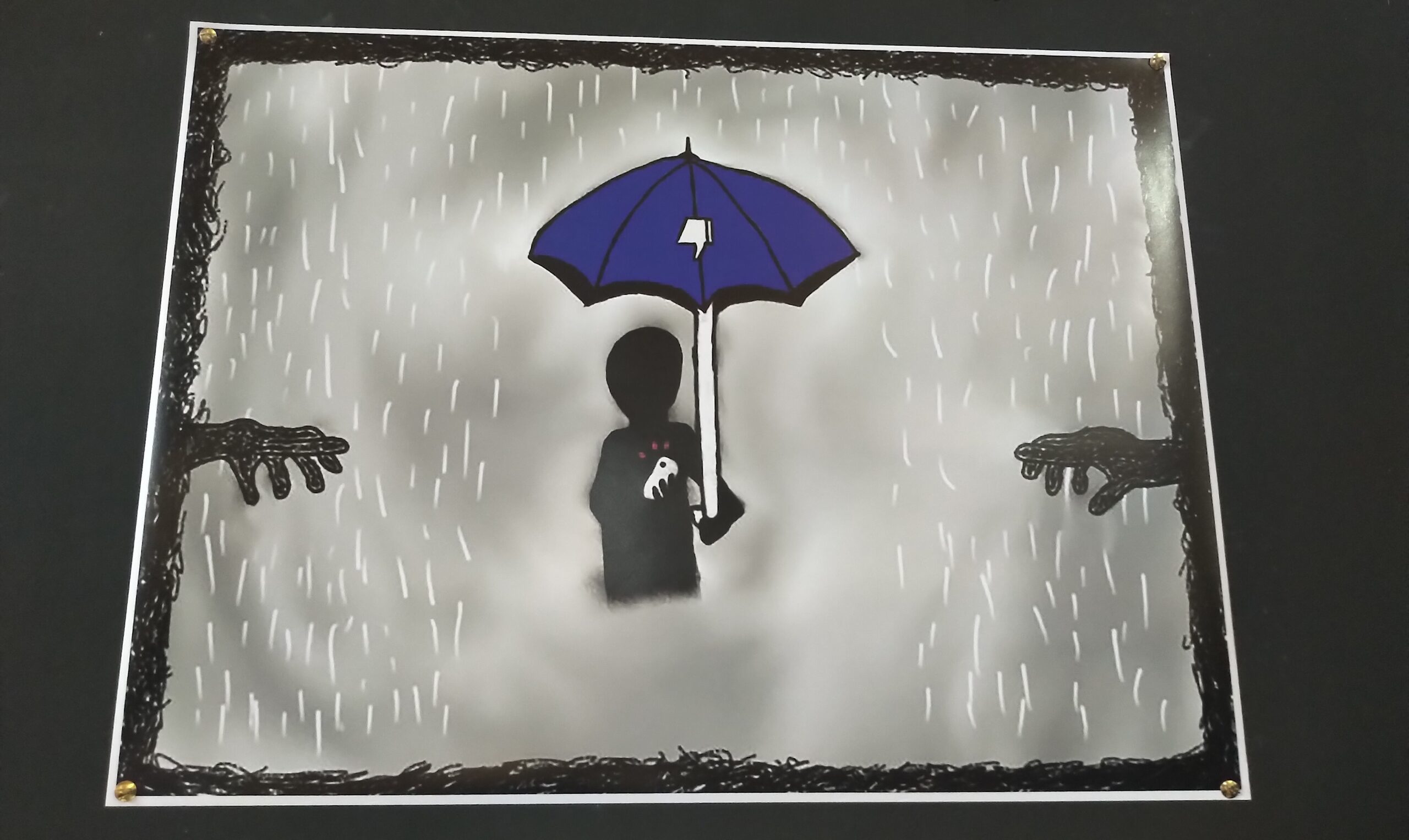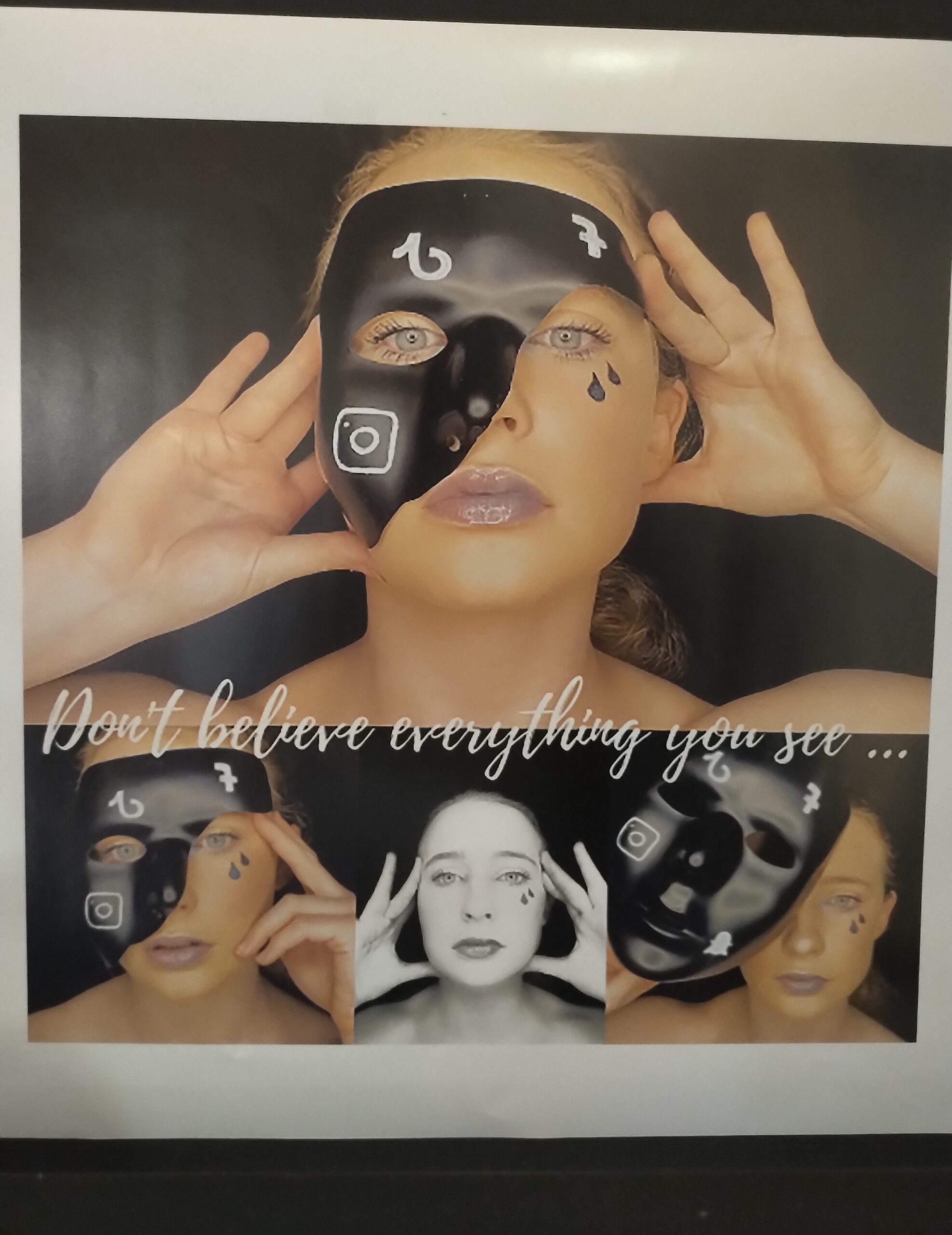How do media creators develop their style?
In this area of study, students explore and examine how narratives construct realities and meaning for audiences. Narratives are constructed and shaped referencing a rich production history. This includes the personal and distinctive style of media professionals who play leading roles in the construction of the narrative, the selection and manipulation of media codes and conventions that stem from a range of cultures and histories, and the influence and constraints of contextual factors affecting the creation, construction and distribution of the narrative. Genre is an important concept that goes beyond the categorisation of media narratives. Students understand how genres are subject to debate and change. The definition of genres goes beyond their established use of media codes and conventions, revealing cultural assumptions about their significance, viewership and the media industry.
Notions of audience, engagement, consumption and reception play a key role in understanding how a narrative is formed. Audiences are able to articulate their personal preferences in the types of narratives they engage with, consume and read. These preferences are related to the construction of narratives.
Key knowledge
- the development and communication of a distinctive style by media creators and producers in the construction of narratives
- the manipulation of media codes and conventions by media creators and producers in the construction of narratives in different media forms
- the influences of historical and cultural contexts on the construction of narratives
- the use or subversion of genres by media creators to engage audiences
- audiences and their engagement and how these understandings influence the construction, production, distribution, consumption and reception of narratives
- the influence of narratives on audience engagement, consumption and reception
- media language used to analyse and discuss the style and context of media narratives.
Key skills
- describe the distinctive style of media creators and producers
- explain how media codes and conventions are manipulated by media creators and producers
- discuss how media creators use or subvert genre to engage audiences
- investigate the influences of historical and cultural contexts on the construction of narratives
- discuss the way personal values relate to individual interest and engagement in narratives
- analyse the influence of narratives on audience engagement, consumption and reception
- use media language to analyse and discuss the style and context of media narratives.
Print Production: Facebook Series by Paul Kuczynskie
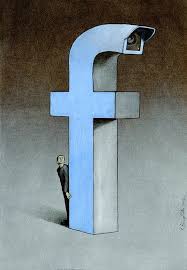
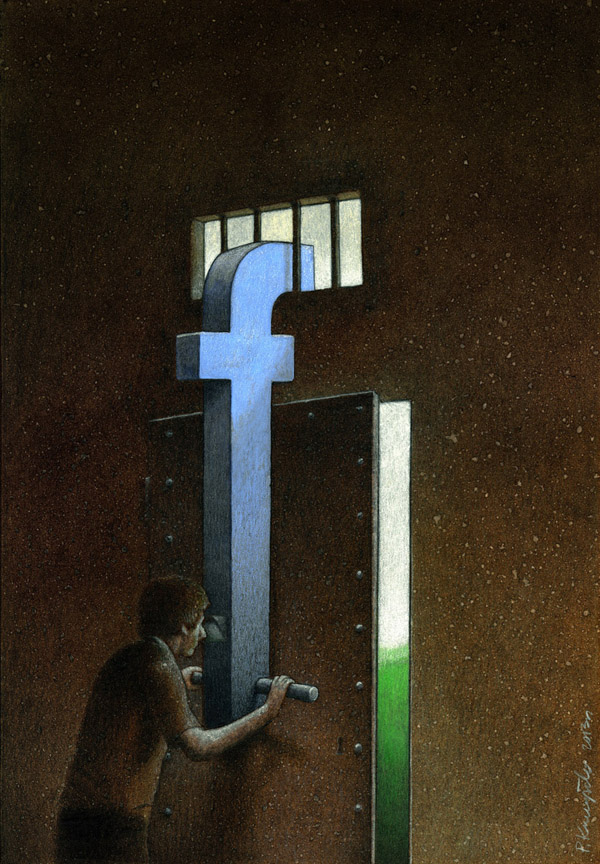
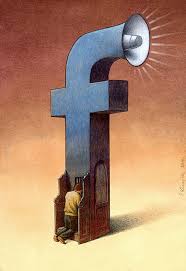
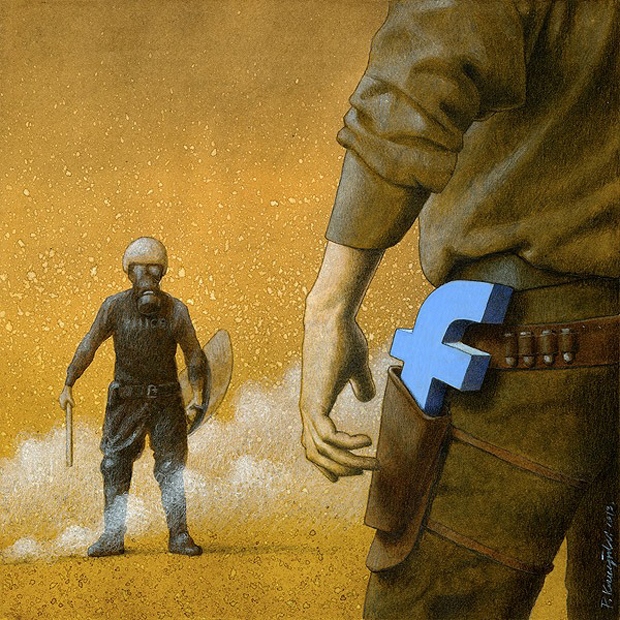

Questions relating to the Facebook Print Images Above
1. How do the print images construct a narrative for the audience?
2. Is there more than one narrative being told in these printed images? Discuss the different narratives being revealed.
3. What code and conventions are being employed by the creator of this print image to convey the narrative?
4. How has the audience influenced the creation of this narrative?
5. What code and conventions are not seen in this print image?
Images By: Pawel Kuczynski The Facebook Series
The Social Network
The Social Network
The Social Network is a 2010 American biographical drama film directed by David Fincher and written by Aaron Sorkin.
On a fall night in 2003, Harvard undergrad and computer programming genius Mark Zuckerberg sits down at his computer and heatedly begins working on a new idea. In a fury of blogging and programming, what begins in his dorm room soon becomes a global social network and a revolution in communication. A mere six years and 500 million friends later, Mark Zuckerberg is the youngest billionaire in history... but for this entrepreneur, success leads to both personal and legal complications.
Multiple Storylines & Story Arc and Structure
Most narratives contain multiple storylines or story arcs. These are designed to propel the storyline and plot. They add depth, potential confusion, colour and can complicate how audiences see and relate to the characters. This adds to the narrative possibilities set by the creator and understood by the audience. They can illustrate a moral dilemma, reveal a complex twist, confuse character intentions and support ideological shifts. However, when multiple storylines are being represented at the same time and therefore the actions and characters in each scene are contributing to the audience understanding of the plot and themes of the text, this is called PARALLELISM. The technique parallelism is a feature employed in the film text, The Social Network (2010) Directed by David Fincher.
STRUCTURING OF TIME
The Structuring of Time plays an important role in most narratives. While the duration of the story may be days, weeks or years, the duration of the plot occurs over hours for the audience.
The Structuring of narrative time is made up of a combination of three elements:
TEMPORAL ORDER: The order in which the story is screened, which may include chronological order, flashbacks and or flash forwards.
TEMPORAL DURATION: The manipulation of time from real time to reel time; that is, the foreshortening or expansion of time through editing of events on screen.
TEMPORAL FREQUENCY: The number of times and event or part of an event is shown to an audience.
Temporal Order is manipulated to advance a narrative, engaging the audience by providing important information about character, motivation and previous or predicted events.
Temporal Duration involves the foreshortening of the storyline to fit the length of the narrative. Foreshortening of time is created through editing techniques such as ellipsis. A character steps into a car, cut to next scene and they are in a different location indicating travel time has passed. This is foreshortening time. Fade to blacks or whites, wipes, digital transition effects and time-lapse action are all conventional methods of editing time.
Narrative time may also be expanded. Audiences are familiar with slow-motion sequences in action films, which allow audiences to appreciate the physical skill or strength of a character. Another example of temporal duration.
Study Questions:
1. Name TWO code and or conventions that worked together in the opening scene of The Social Network to engage the audience and reveal the genre of the narrative. In your response you must use the correct media language that supports the code or conventions you are referring too.
2. Character and Acting are different code and conventions. They both require different language when analysing and discussing them for Media. Using the code and conventions booklet, discuss the protagonist in the opening scene. This question should be completed in two parts.
First discuss his ACTING: Body language, Facial Expression, Tone of voice
Secondly discuss his CHARACTER: His motivation within the narrative, His relationship with the girl in the scene, Audiences first impression of him, Reason for casting.
3. How has the opening scene foreshadowed events of the narrative and been resolved in the resolution of the text?
4. How was sound employed as an effective tool to engage the teen audience?
5. Flashbacks are an effective use of the, 'structuring of time'. Why would the creator of this narrative integrate flashbacks to relay his story to the audience?
6. Discuss the influences of historical and cultural contexts on the construction of this narrative. In your response outline why audiences connected to the narrative based on the cultural and historical contexts discussed.
7. Outline how the Director of The Social Network constructed the reality of the narrative and gave meaning for the audience. In your response include a minimum of TWO code or conventions that are employed for the moving image.
8. Explain how personal values of the audience where considered by the Director when characters where revealed in this media text.
9. Discuss the Story Arc of three of the leading characters in this narrative. Use the correct media language in your response.
10. Why was the theme LIKABILITY threaded throughout the narrative?
Her
Her
In near-future, Theodore Twombly is a lonely, introverted man who works for a business that has professional writers compose letters for people who are unable to write letters of a personal nature on their own. Depressed because of his impending divorce from his childhood sweetheart Catherine, Theodore purchases an operating system upgrade that includes a virtual assistant with AI designed to adapt and evolve. He decides that he wants the A.I. to have a feminine voice, and she names herself Samantha. Theodore is fascinated by her ability to learn and grow psychologically. They bond over discussions about love and life, including Theodore’s reluctance to sign his divorce papers.
The Psychology of Colour used in the film HER
YOUR TURN
Now it’s your turn to use the theme of LIKEABILITY and Facebook and create your own Print Production. You can do this in two ways:
- Photography – Take a photo using composition and conventions to convey your narrative.
- Print Campaign – Like above, either cartoon or realism drawing, using conventions to convey your narrative.
Photography: Student example
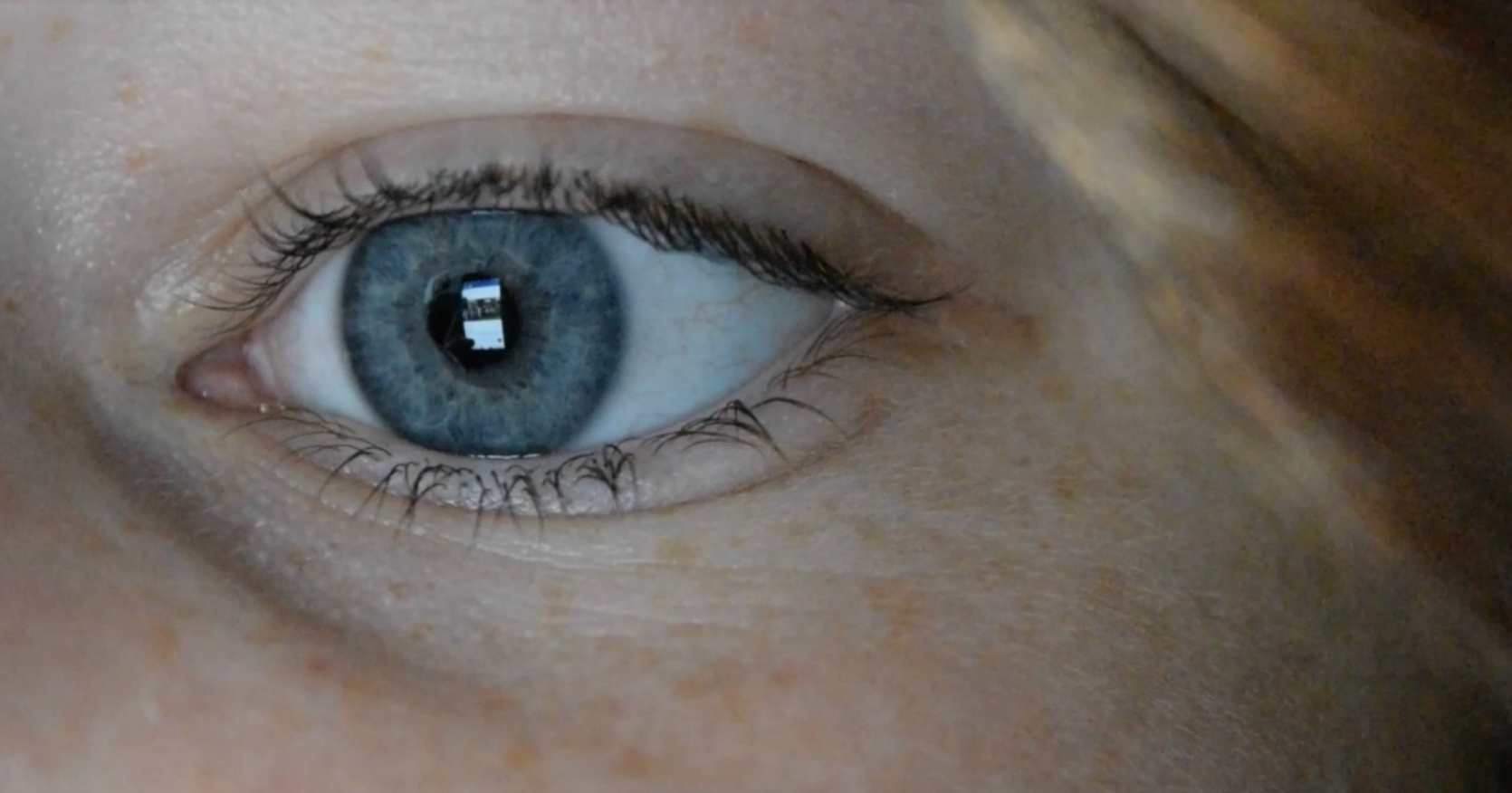
Examples of Print Productions with the theme of Likability and Facebook

